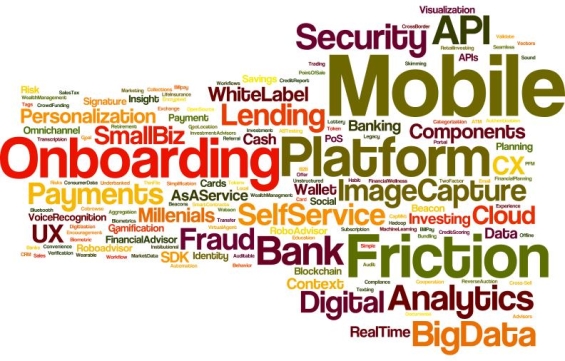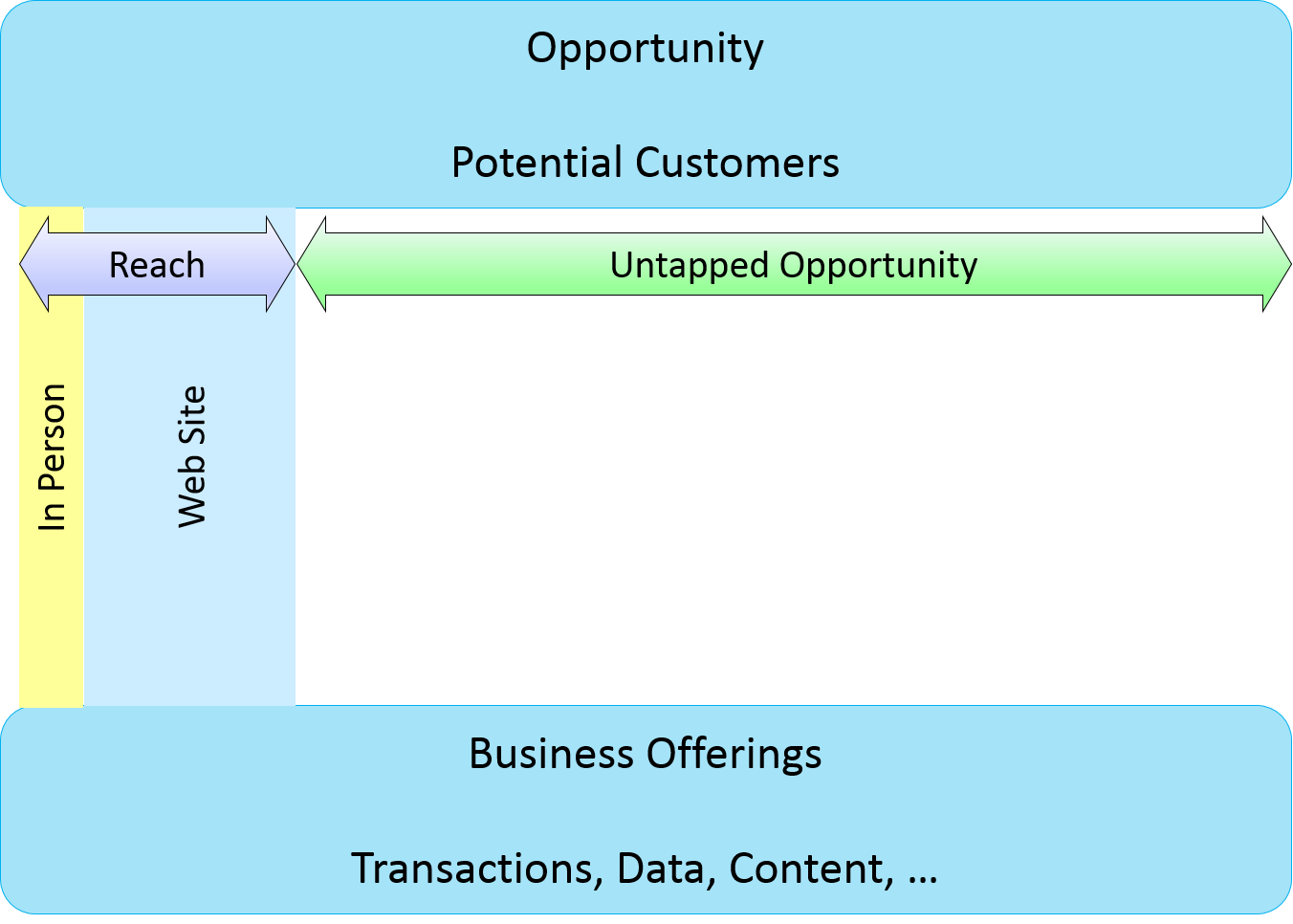
“
I want to drive potential customers to come to my web site or Mobile App. If I make my APIs available, customers may not come directly to me.”

“
I don’t want to give up control of the User Interface to another company - even a partner. I want to control the client experience.”
I was recently asked to address the comments above by two different clients. I’m guessing others may have similar concerns. The comments are nearly identical, and brought back memories from twenty years ago. At that time, I was working with clients who were trying to figure out how to use this new web thing that was emerging without causing channel issues or commoditization. There was a concern that selling on the web made you a commodity, with sales going to the lowest priced supplier. You would not be able to differentiate yourself on your service or customer care and obtain a premium on the web. And, if a customer bought on the web, they did not come into your store and you would lose the ability to upsell the customer or cross-sell other items. Some companies resisted selling on the web to try to drive potential clients solely to their physical locations – we don’t see them around much anymore. The fears have turned out to be unfounded. Yes, there are some commodity pricing situations. But, many customers choose online providers based on customer service, not just price. And, the ability to upsell and cross-sell online is alive and doing quite well.

Let’s come back to the present and address how this relates to APIs. The concern being expressed is related to partner or public APIs, where someone outside your business is interacting with a client and using your APIs to provide or represent your business capabilities during the interaction. I discussed this a few weeks ago in a blog about the business driver I called “
Reach” which is about reaching new customers or new markets. In that blog, I commented that the point of these API scenarios is to go to where the customer is. Yes, we would like to get our message in front of every potential client and have them come to us (physical, web, or mobile), but some potential clients are just not doing this. We need to go where they are looking.

The questions above imply that you have a choice to have the customer come to you directly or deal through a third party. This is a false premise. Of course we would want to deal with the customer directly. The issue is that some potential customers
are just not coming to you. So, the real question is, for customers that are not coming to you, do you want to reach out to them where they are or not at all? This is about
expanding the business’s channels.

Where are the customers? They could be using a comparison App, they could be on social media, or it could be that they are shopping for something entirely different than what you offer but could benefit from your offering as part of the solution. An example I often use is when people are buying a car. Most of the time people don’t go to a bank to shop for a car. However, frequently acquiring a car loan is part of the purchase process. So, making bank loan APIs available to car sales can help obtain new clients. You could choose not to do this, but then the car dealer may recommend a different bank or the customer might not consider you as an option. By becoming part of the car sales process, you have access to sell your loan to a customer that has not come to you. I refer to this as the “business next door” and every industry has at least one.
In my
blog and
white paper on monetization business models, I covered several models that can be

applied to these situations. You may have API business models that rely on the partner or public API consumer using APIs which
do result in the customer being sent to you. These “referral” or “affiliate” models support the partner API consumer advertising your capabilities and passing the client to you to complete the sale. You may also support models where the deal can be transacted entirely by the partner while using your APIs. The partner may get a “revenue share” or other incentive to sell your capability. Many “indirect” monetization models may apply as well.
Of course, which models you choose to support is up to you. You can and probably will start with only models that refer customers to you where you maintain control of the client interaction. However, I

expect that you will look to other business models as you become more comfortable with APIs and the API Economy – expanding your reach into new markets and increasingly using APIs as a channel to reach new potential clients. After all, limiting your reach to only customers who come to you may result in your business experiencing the same results as companies who resisted e-commerce.
To understand more about IBM’s thoughts on the API Economy visit the IBM
API Economy website. IBM API Connect is IBM’s complete foundation to Create, Run, Manage, and Secure APIs. You can find more information about IBM API Connect at the
API Connect website. And you can also experience a
trial version of API Connect.
If you have questions, please let me know. Connect with me through comments here or via twitter
@Arglick to continue the discussion.
#APIConnect#APIeconomy#APIEconomy#APImanagement#APIscience#APIstrategy#api_strategy#apis#BusinessStrategy#Channel#experienceAPIs#FirstLook#MarketTrends#multi_channel#omni_channel#partner#PartnerAPI#PublicAPI#social#think_apis